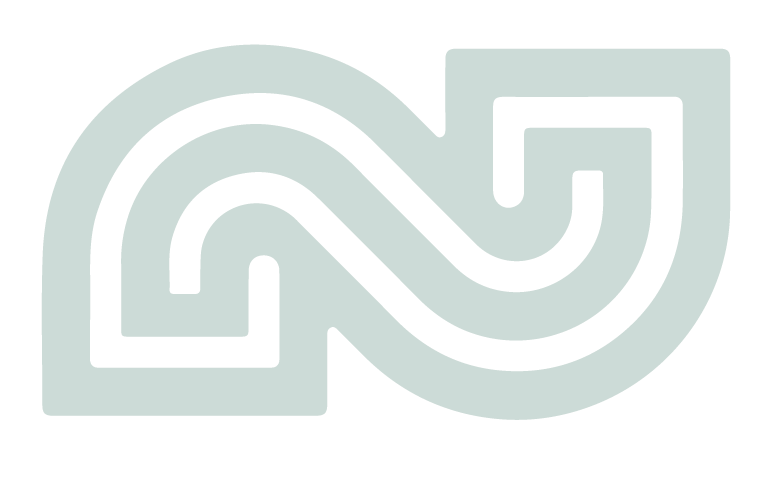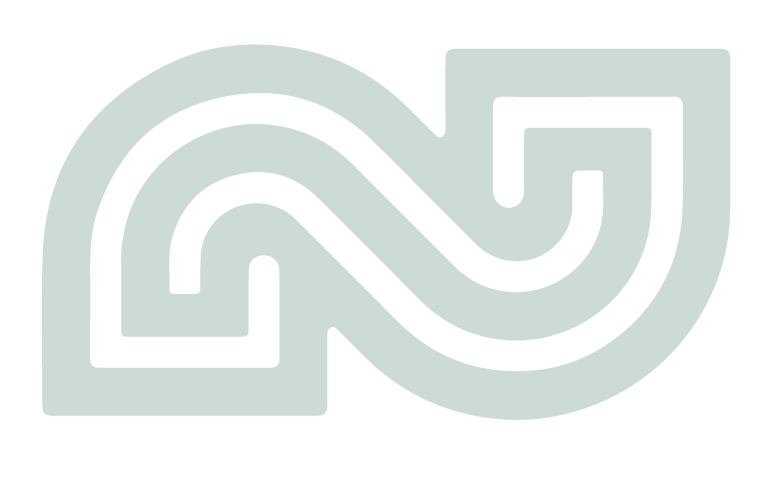
Hey there, new and aspiring design grads! Welcome to the other side of graduation — where the real design challenges and opportunities begin. It's a mix of excitement and the classic 'what now?' feeling, but that's the beauty of stepping into the professional world. It's like opening a new design file in Figma for the first time - a little daunting but full of possibilities.
I’m here not just as a coach but as someone who's walked this path and learned a few things along the way. I’ll share insights from my own journey in design and coaching, aiming to give you a head start in this vibrant and ever-evolving field.
Tip 1: Build a Strong Portfolio
Your portfolio is your visual voice in the design world. It's more than a collection of work; it's your personal brand and, often, your first impression.
- Selecting Your Work: Choose pieces that best represent your skills and what you enjoy doing. Variety is good, but coherence is key — make sure your portfolio feels like a cohesive collection.
- Presenting Your Work: How you present your work is as important as the work itself. It's all about storytelling. Make sure your portfolio flows well and takes the viewer on a journey through your creative process.
- Balancing Personal and Academic Projects: It's great to have a mix. Academic projects show your ability to meet specific criteria, while personal projects showcase your initiative and passion. Both are valuable in telling your story.
Let's make your portfolio a reflection of your best self. It's the first step in carving out your unique space in the design world. Learn more about crafting a winning design portfolio here!
Tip 2: Network Effectively
It’s not just what you know, but who you know. Networking isn’t just exchanging business cards or LinkedIn requests; it's about building genuine connections. It's like planting seeds that could grow into opportunities or collaborations in the future.
- Making Meaningful Connections: Start by attending industry events, workshops, and design meetups. Be genuine in your interactions. Remember, it's not about collecting contacts but about building relationships. Don't forget to follow up – a simple email or message can go a long way.
- Leveraging Social Media: Platforms like LinkedIn, Behance, and Instagram are not just for scrolling; they’re tools for connecting and showcasing your work. Engage with others’ work, share your thoughts, and post your projects. It's about being part of the conversation.
- The Power of a Mentor: Having a mentor in the design field can be invaluable. They can offer guidance, feedback, and potentially open doors. Don't be shy about reaching out to someone whose work you admire. And hey, if that's me, you can get in touch here!
Networking isn’t a one-off task; it’s an ongoing process. It’s about building a community around you that supports and inspires.
Tip 3: Stay Updated with Industry Trends
Design is a fast-moving train, and you've got to keep up. Staying informed about the latest trends, tools, and techniques is crucial. It keeps your work fresh and relevant.
- Keeping a Pulse on Trends: Subscribe to design blogs, magazines, and podcasts. Attend webinars and conferences. Engage with online design communities. This is not just about following trends but understanding the 'why' behind them.
- Experiment and Adapt: Don’t be afraid to experiment with new styles and technologies in your projects. It shows that you’re flexible and a quick learner. Remember, though, the goal is not to mimic but to adapt these trends in a way that complements your unique style.
- Lifelong Learning: The learning never stops. Whether it’s new software, a design methodology, or soft skills like client communication – keep adding to your toolkit. Online courses and tutorials can be great resources.
Staying current is not just about keeping your work relevant; it's about continuously evolving as a designer.
Tip 4: Develop Soft Skills
It’s not all about pixels and palettes. The soft skills you bring to the table are just as crucial. They're like the glue that holds all your technical skills together in a cohesive, employable package.
- Communication is Key: Whether it's articulating your design ideas or collaborating with a team, effective communication can make or break a project. Practice presenting your work, and always be open to feedback. It’s about dialogue, not monologue.
- Teamwork Makes the Dream Work: Rarely is design a solo endeavor. You’ll need to work well with others, from other designers to clients and stakeholders. Being a team player means being adaptable, patient, and sometimes, knowing when to lead and when to follow.
- Time Management: Juggling multiple projects is common in the design world. Mastering time management helps you meet deadlines without burning out. It’s about working smart, not just hard.
Soft skills might not be as tangible as a well-designed portfolio, but they're what will make you a well-rounded professional. They turn a good designer into a great collaborator.
Tip 5: Embrace Continuous Learning
In design, standing still is akin to moving backward. The field is always evolving, and so should you. Continuous learning is the key to keeping your edge.
- Stay Curious: Let your curiosity drive you to explore new concepts, techniques, and even unrelated fields. Inspiration can come from anywhere.
- Upskill Regularly: Whether it’s a new design tool or a course on UX principles, keep adding to your skillset. Online platforms offer a plethora of options to learn at your own pace.
- Reflect and Adapt: Regularly reflect on your work. Seek feedback and be open to change. It's about growing through what you go through.
Embracing continuous learning is not just about adding new skills; it’s about cultivating a mindset of growth and adaptability in your design career.
Conclusion
So there you have it – five essential tips to kickstart your journey in the world of design. Remember, every designer’s path is unique, and these are just signposts to guide you. Be patient with yourself, trust your instincts, and, most importantly, enjoy the process. Your design career is not just a destination; it's an ongoing journey of creativity and growth.
Feel free to drop a comment or reach out if you have any questions, or if you just want to share where you're at in your design journey. I'm here to help and, who knows, we might just learn a thing or two from each other.


No Comments.